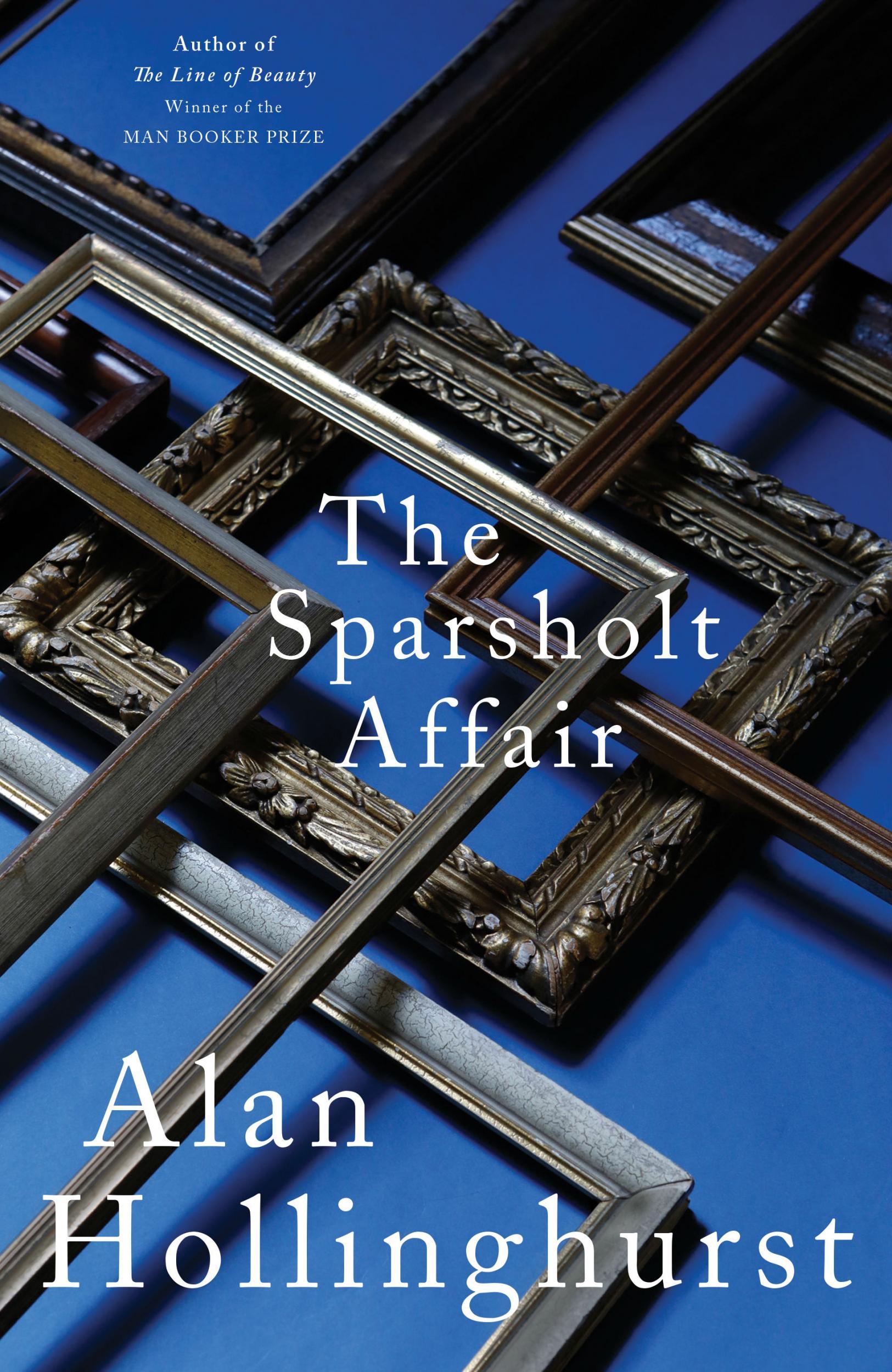The Sparsholt Affair by Alan Hollinghurst, book review: One of the best books of the year
The Man Booker Prize-winning author's sixth novel explores changing attitudes towards gay men from the 1940s to the present day through three generations of a family

When we first encounter David Sparsholt – the character from whom Alan Hollinghurst’s exquisite sixth novel takes its title – he’s just a “rhythmical shadow” leaping and shrinking “across the distant ceiling” of a room in the building across the quad of an Oxford college.
“It was that brief time between sunset and the blackout,” the narrator – one Freddie Green, one of Sparsholt’s peers – explains, “when you could see into other people’s rooms.” Slowly, the object of Green and his friends’ surveillance moves into view, “a figure in a gleaming singlet, steadily lifting and lowering a pair of hand-weights”.
Reading Hollinghurst’s novels is a little like being an observer Rear Window-style; he’s an author who relies as much on what he doesn’t show as what he does. The narrative of The Sparsholt Affair, like his other work – most notably The Stranger’s Child and The Line of Beauty – is heavily directed by action that takes place off-stage and in-between scenes. As when looking in through a window, the reader only sees a portion of what’s happening, left to piece together the rest via clues littered around the room, or in the gaps between the prose.
The “affair” of the title – “Money, power... gay shenanigans! It had everything,” one character reveals after the fact – is very much a case in point. It’s the fulcrum around which the entire story hinges, but it’s only ever alluded to both in retrospect, and via snippets of description from those not directly involved. Like Hollinghurst’s magnificent first novel The Swimming Pool Library before it, The Sparsholt Affair illustrates not just what a difference a generation makes in the lives of gay men, but the passing of a single year – it’s no coincidence that the Sparsholt scandal occurs in 1966, only a year before the decimalisation of homosexuality.
Split into five sections, each of which introduces us to a different time, place, and perspective, the novel charts the course of three generations of Sparsholts. From David at Oxford in the 1940s, eager to abandon the quiet groves of academia for the excitement and heroism of the RAF; through a family beach holiday in the Sixties, during which David’s teenage son Johnny is preoccupied by his infatuation with his French exchange student; the elegantly bohemian home of a famous artist in London in the Seventies, to which Johnny, now a picture restorer, finds his way during the blackouts of another kind; Johnny’s daughter Lucy’s experience of the same milieu a decade later; and finally London’s gay club scene in the early 2010s, equal parts intoxicating and exhausting for a recently single Johnny, now in his sixties.
In less talented hands, it’s a structure that could prove problematic, one or two periods more fully realised or captivating than the others, but Hollinghurst moves between them with the ease of a true master, any regret I felt at leaving each behind immediately mitigated by the majestic welcome of the next. Without doubt, both a highlight of Hollinghurst’s career, and one of the best books of the year.
The Sparsholt Affair by Alan Hollinghurst, published by Picador (£20)
Subscribe to Independent Premium to bookmark this article
Want to bookmark your favourite articles and stories to read or reference later? Start your Independent Premium subscription today.

Join our commenting forum
Join thought-provoking conversations, follow other Independent readers and see their replies